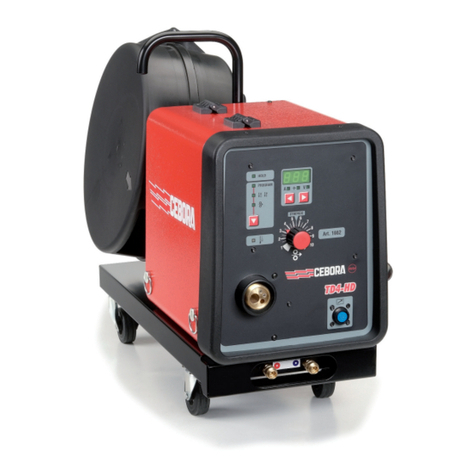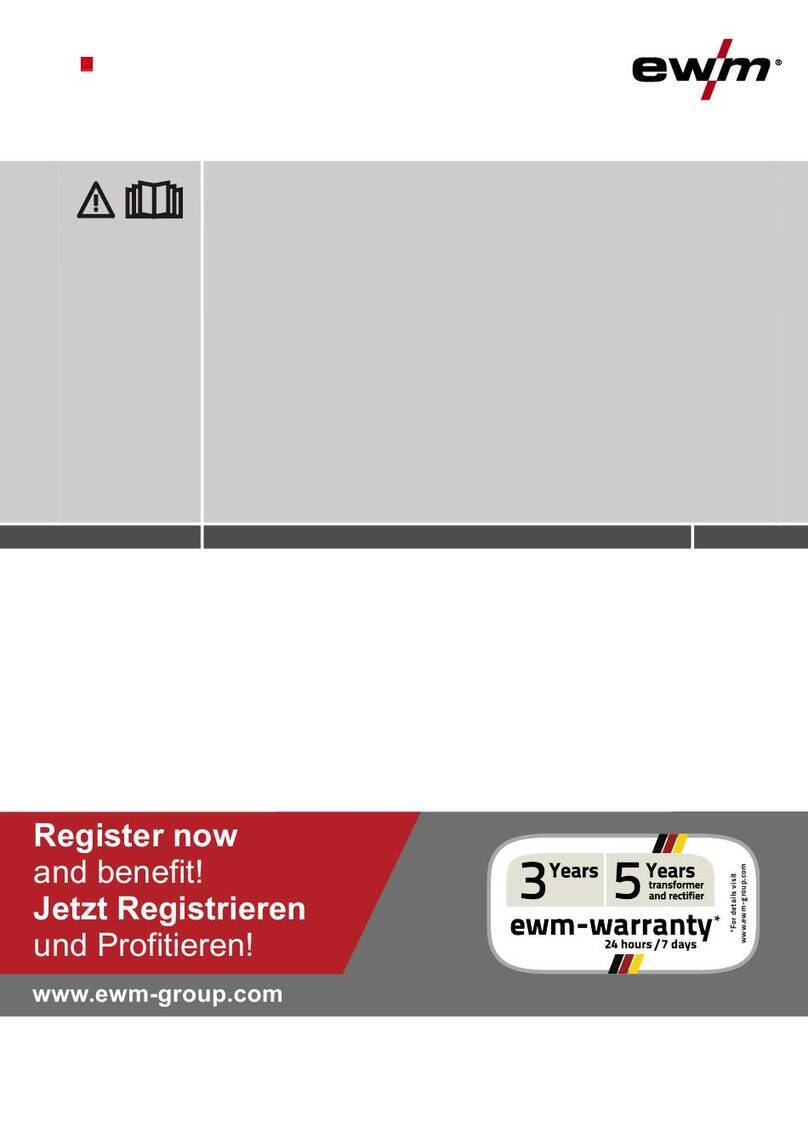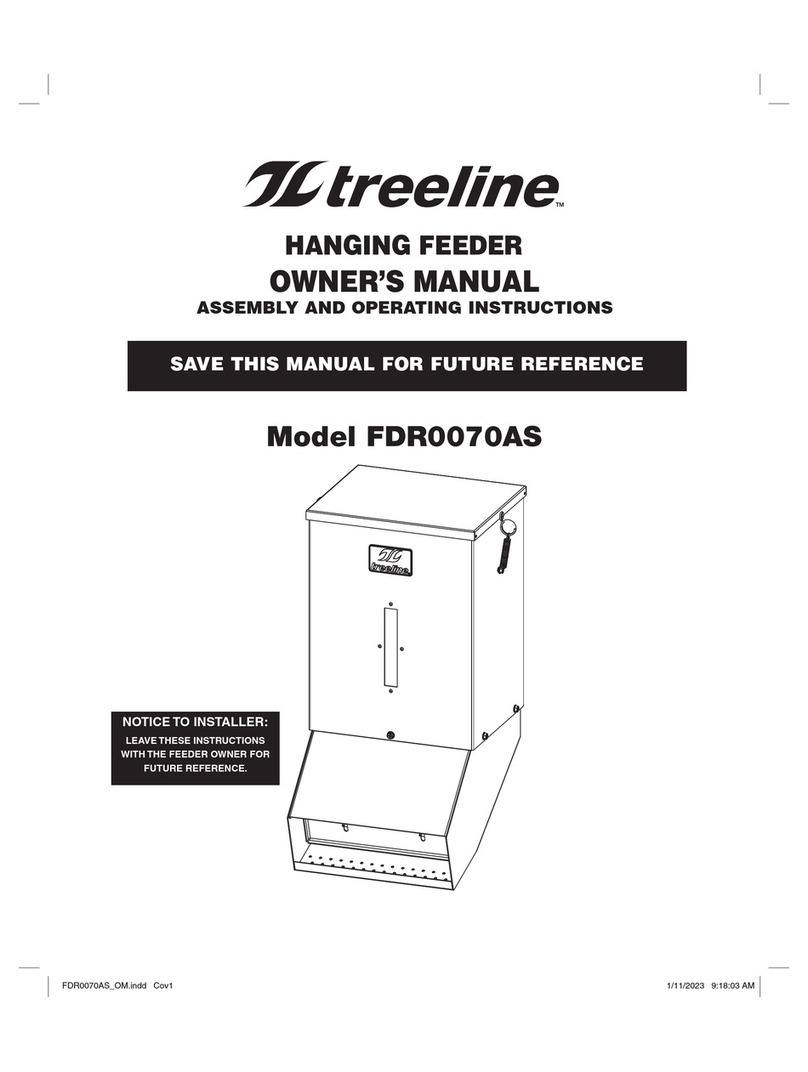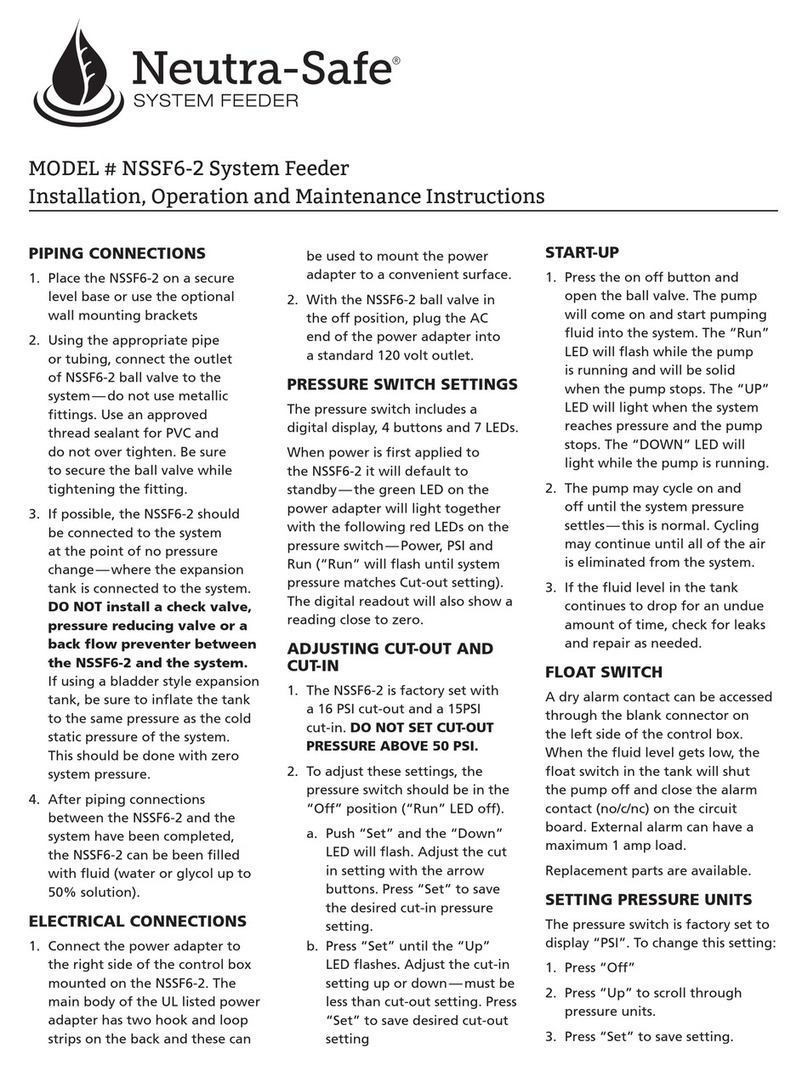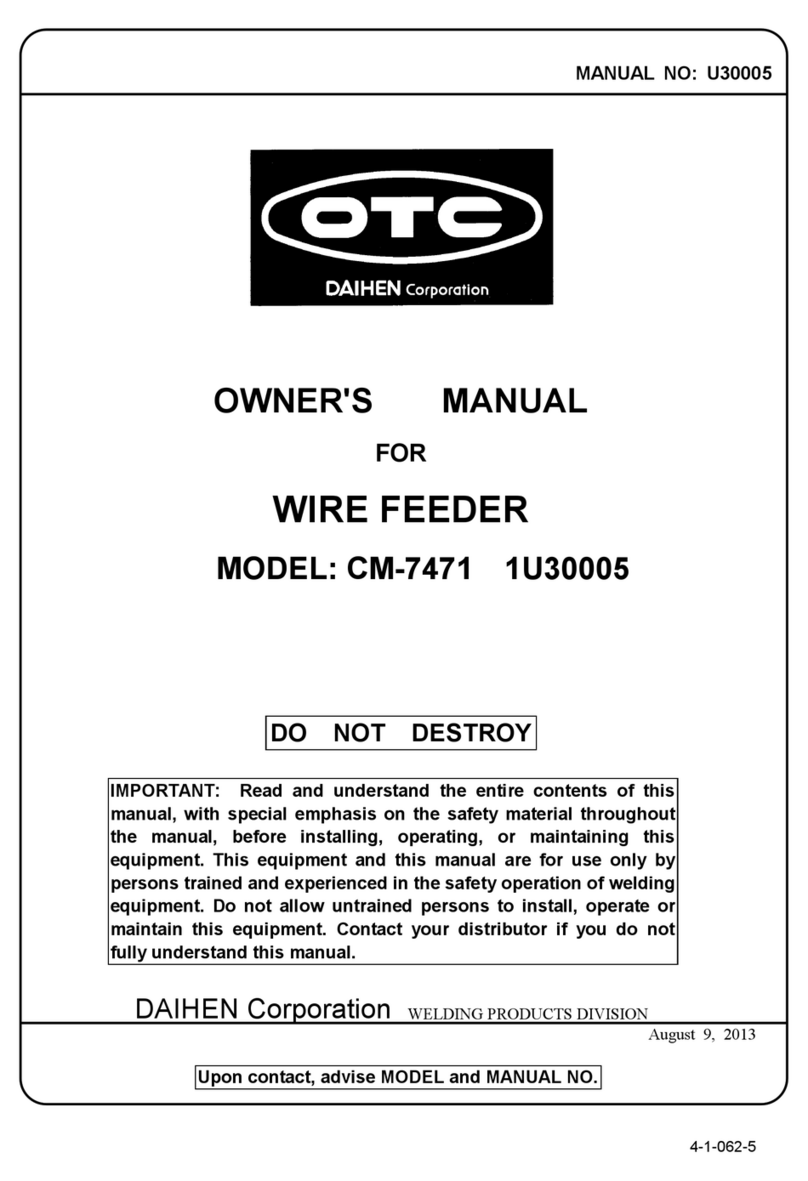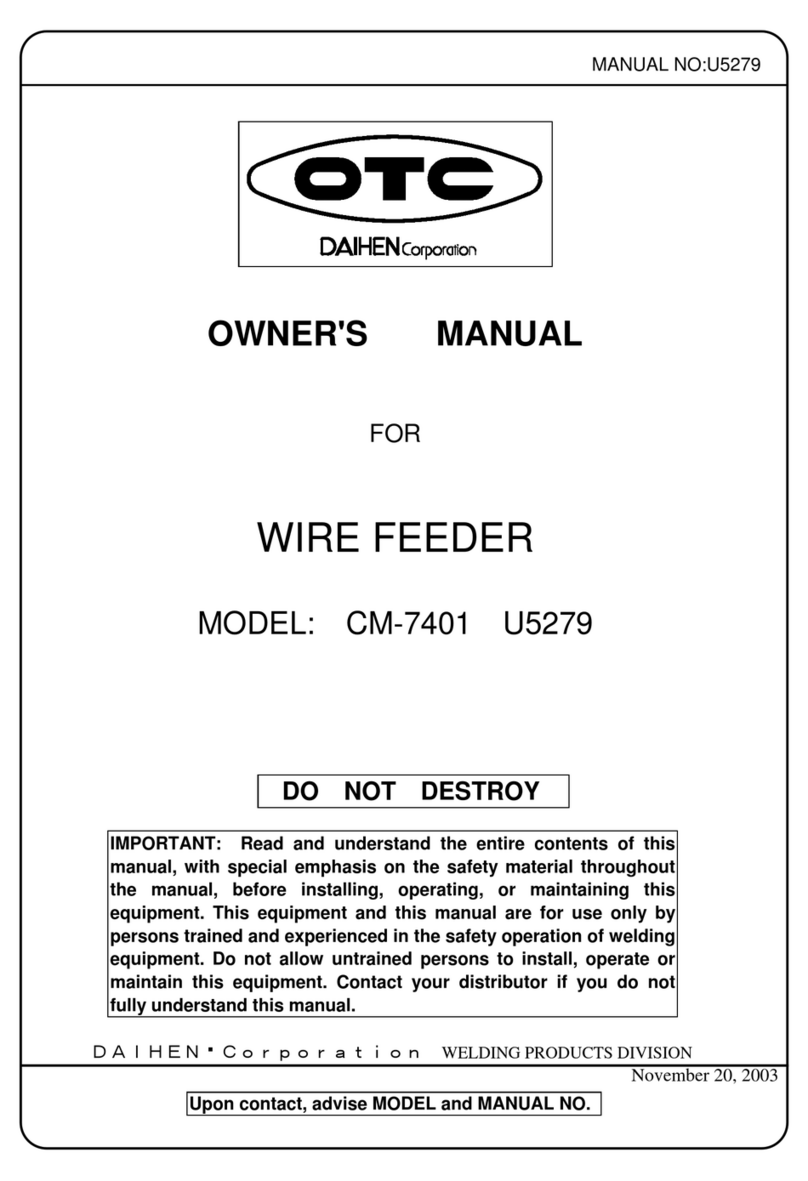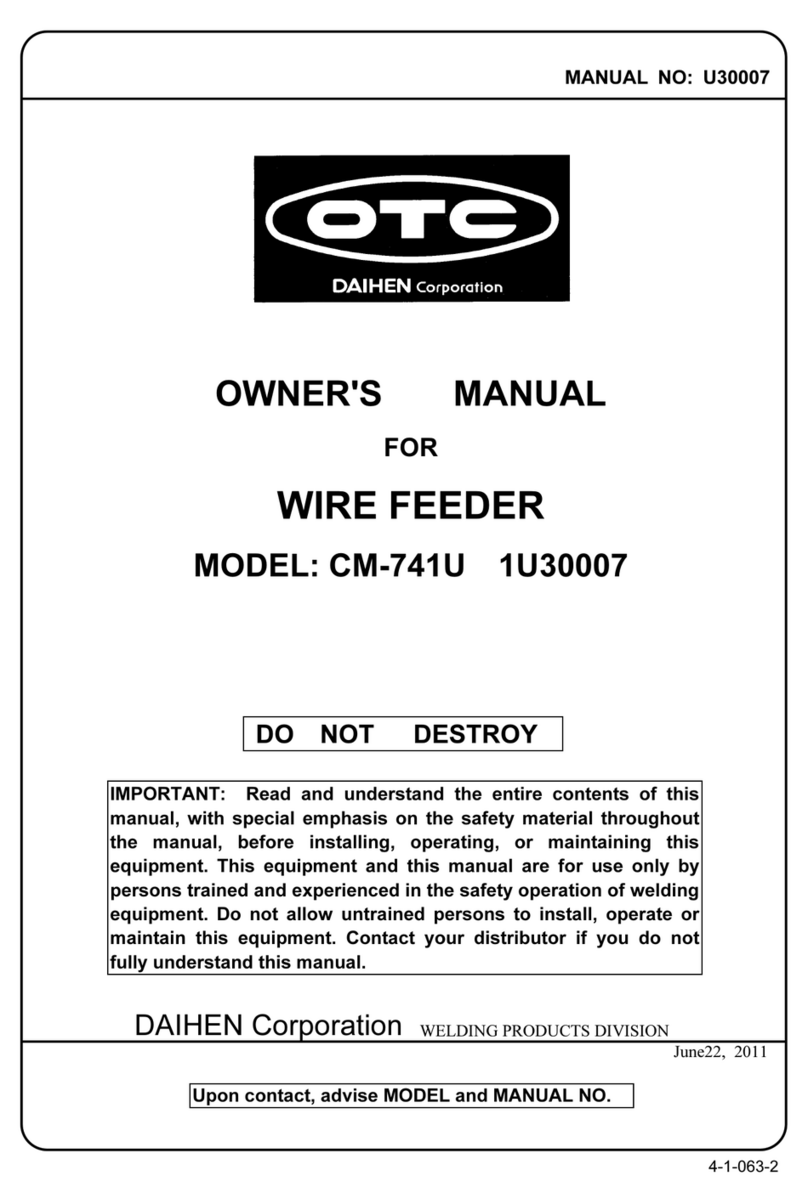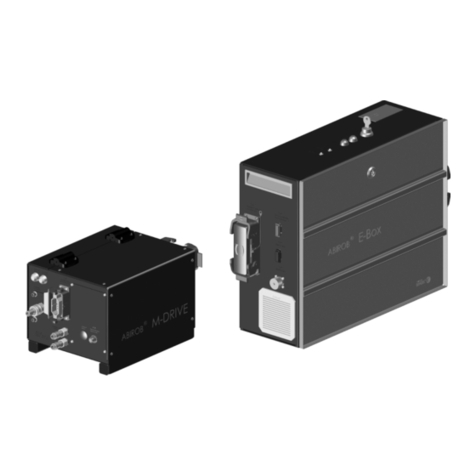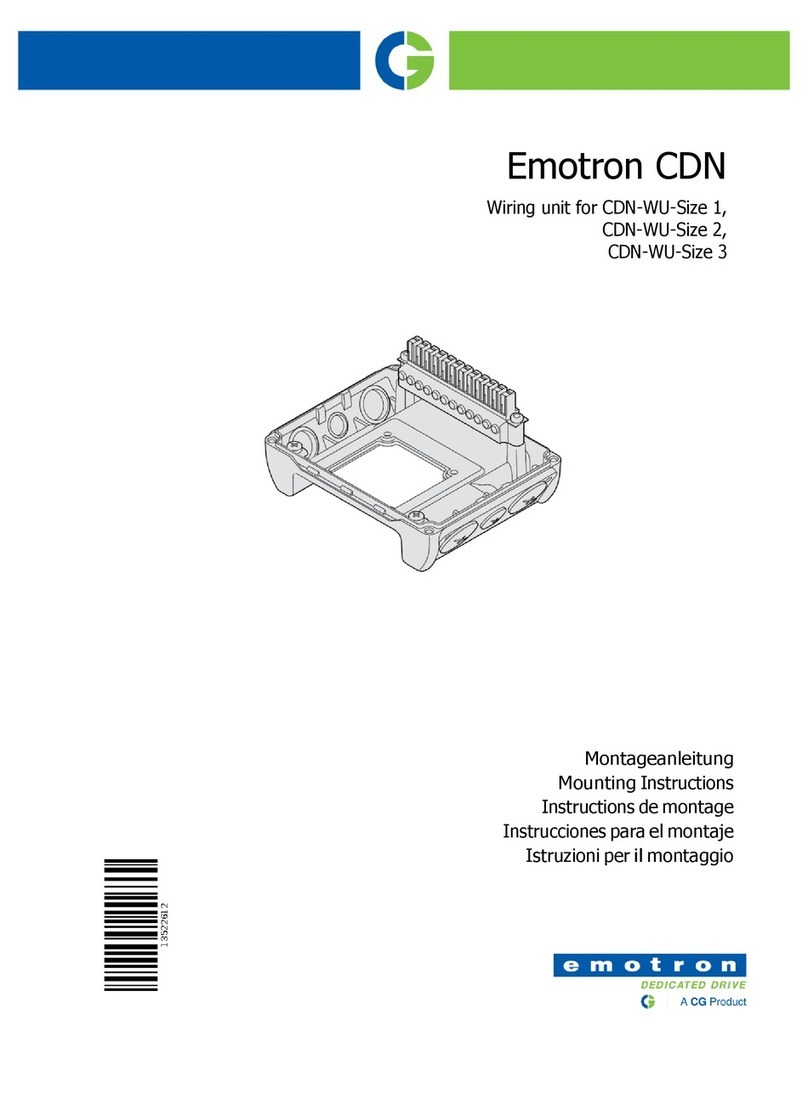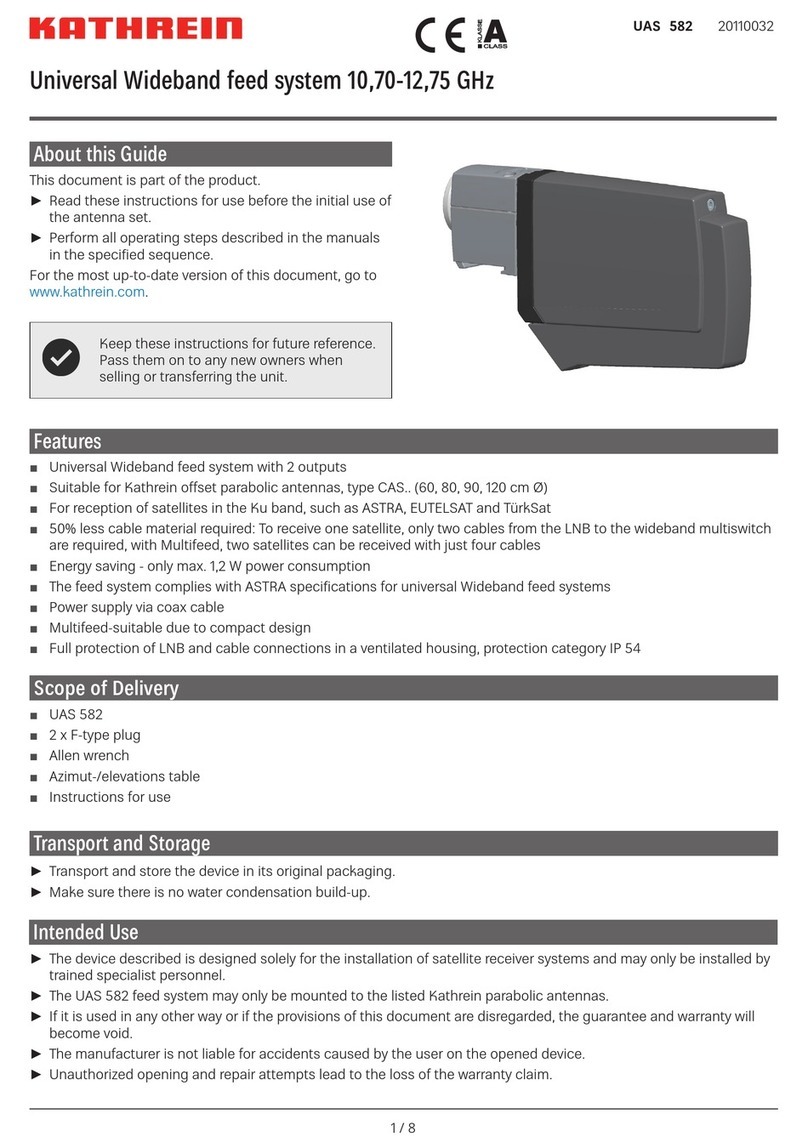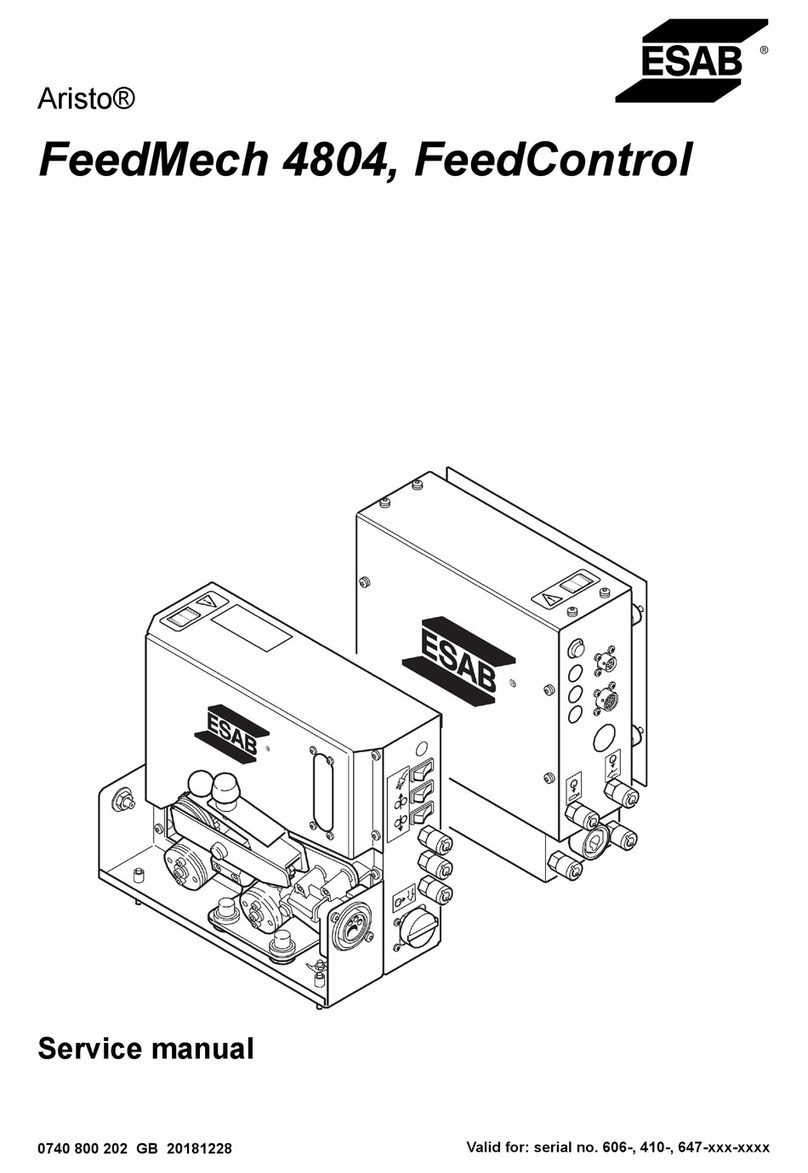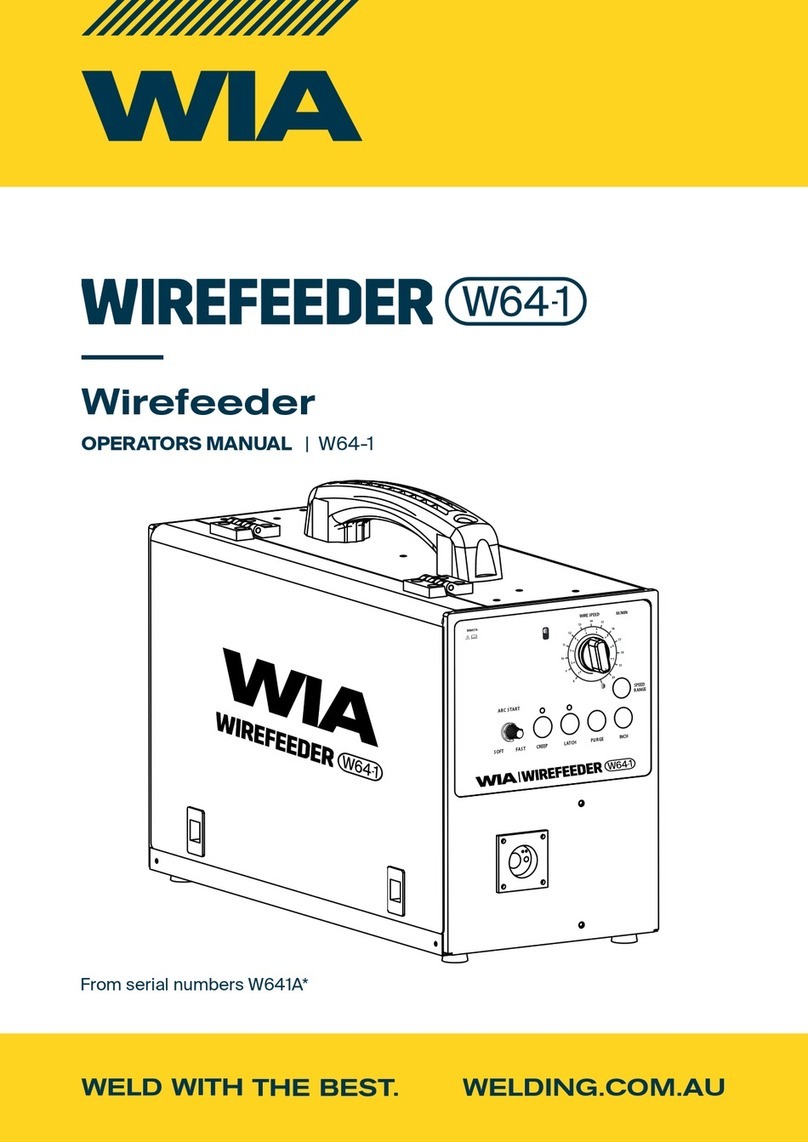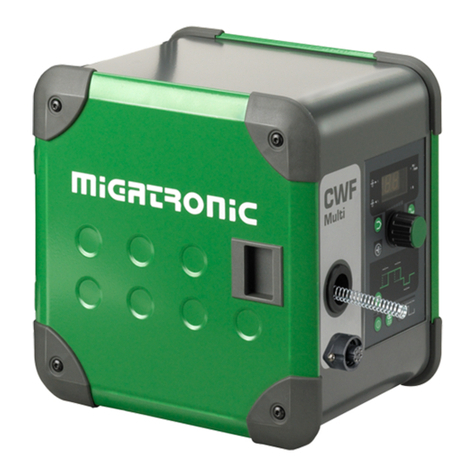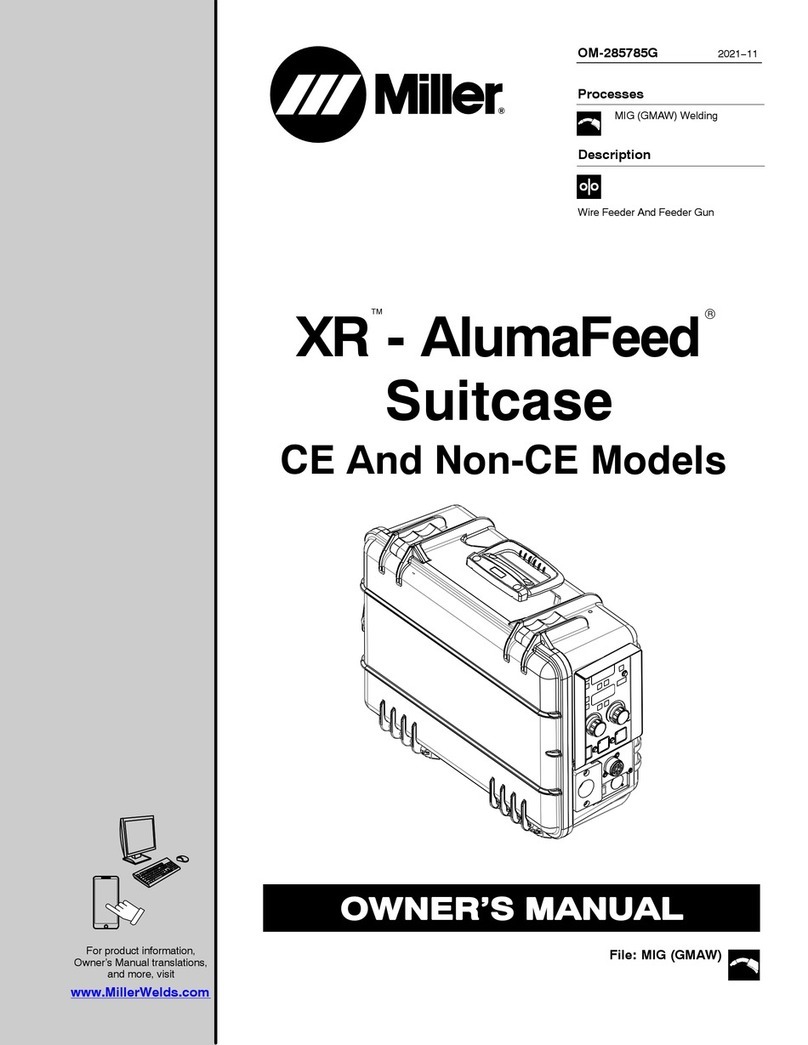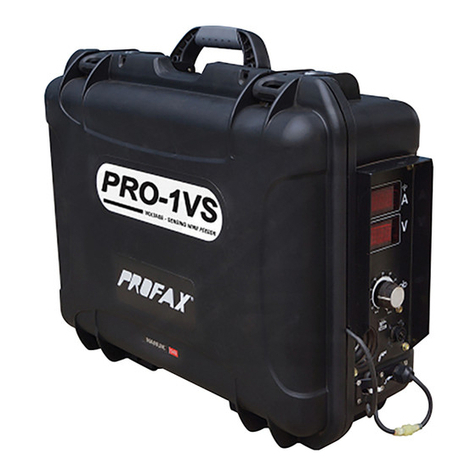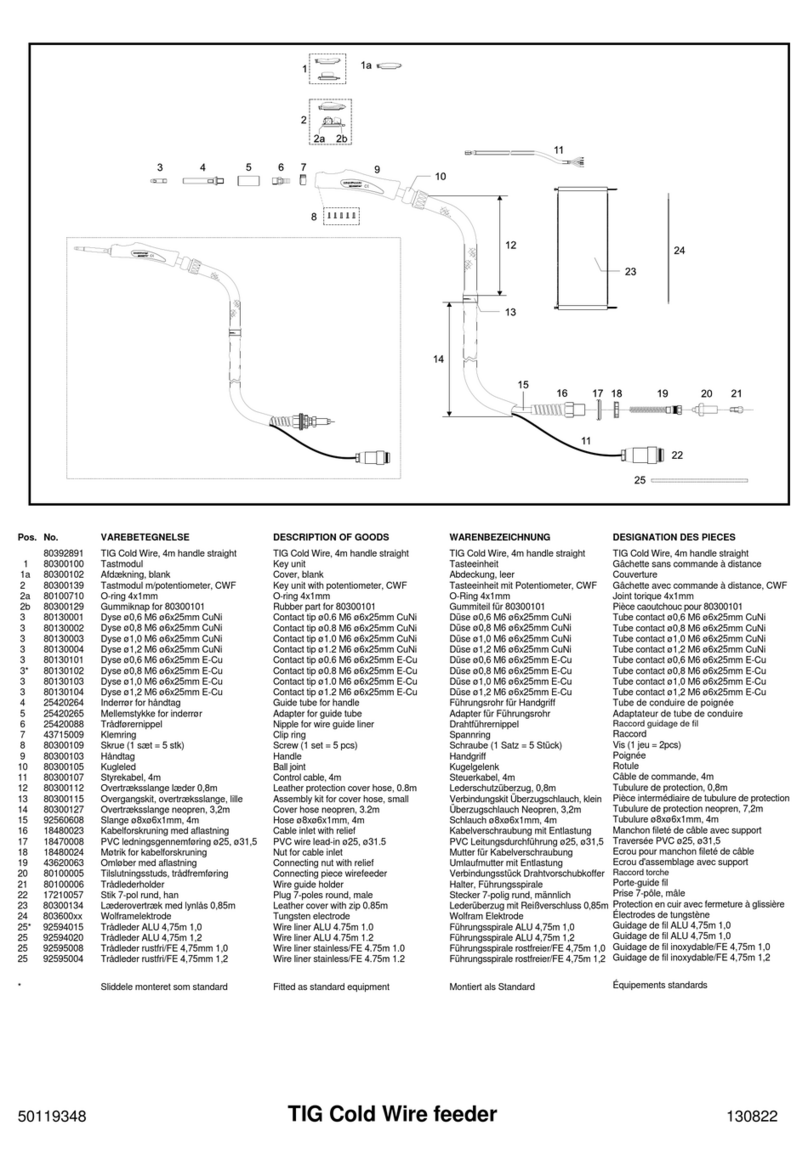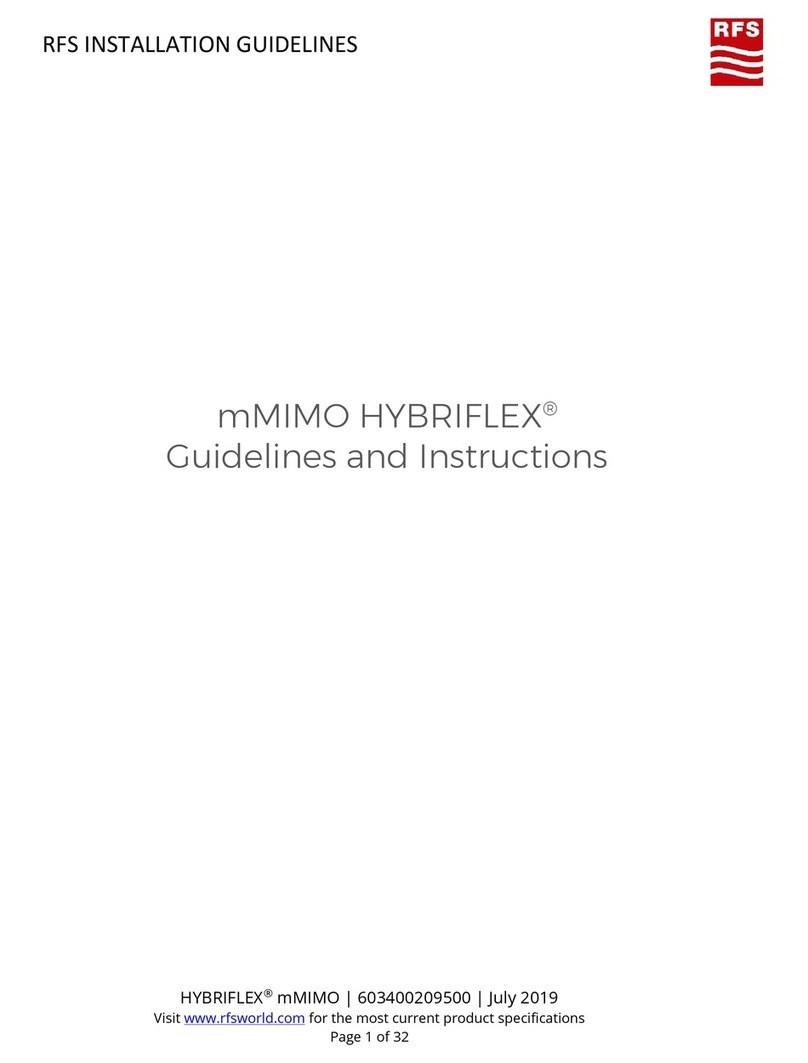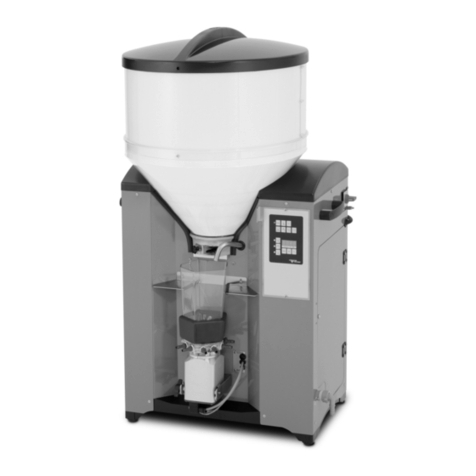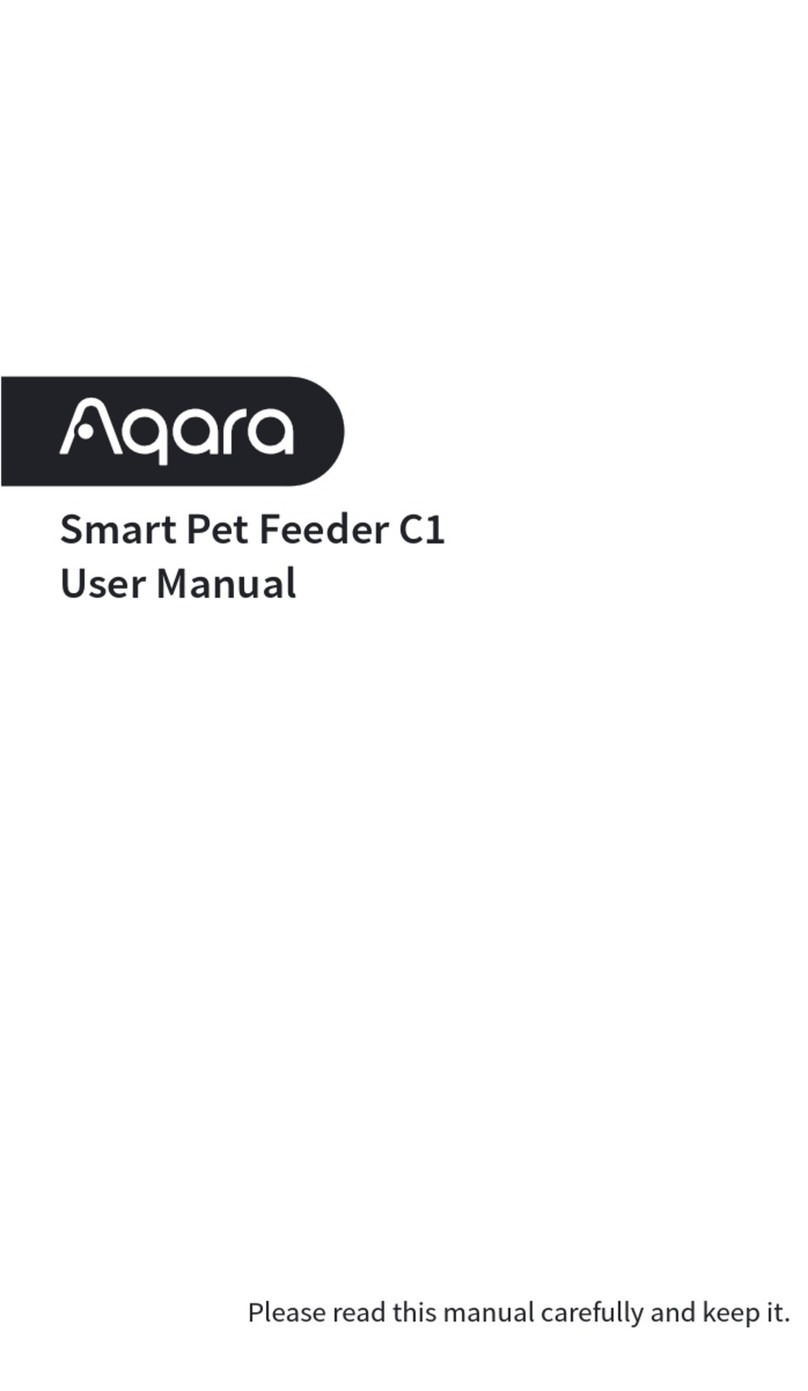-2-
TABLE OF CONTENTS
1SAFETY INFORMATION................................................................................................................. 3
2ARC WELDING SAFETY PRECAUTIONS .....................................................................................4
3CHECKING OF QUANTITY OF THE ACCESSORIES...................................................................9
4NAMES OF PARTS.........................................................................................................................9
5CARRYING AND INSTALLING OF THE WIRE FEEDER.............................................................10
5.1 TRANSPORTATION......................................................................................................................10
5.2 INSTALLATION .............................................................................................................................10
6CONNECTION PROCEDURE.......................................................................................................11
6.1 CONNECTION FLOW CHART......................................................................................................12
6.2 CONNECTING OF THE WATER/GAS HOSE...............................................................................13
6.3 CONNECTING OF THE CONNECTION CABLE ..........................................................................14
6.4 CONNECTING OF THE POWER CABLE FOR WIRE FEEDER..................................................15
6.5 CONNECTING OF THE WELDING TORCH.................................................................................16
7WELDING PREPERATION ...........................................................................................................17
7.1 CHECKING OF WIRE SIZE / REPLACEMENT OF FEED ROLL .................................................17
7.2 FITTING OF WIRE.........................................................................................................................19
7.3 ADJUSTING OF THE WIRE PRESSURE.....................................................................................21
7.4 ADJUSTING OF THE WIRE REEL HUB.......................................................................................22
7.5 WIRE FEEDING BY PERFORMING INCHING OPERATION.......................................................23
8DIGITAL CONTROL PANEL .........................................................................................................24
8.1 SETTING INTERNAL FUNCTIONS ..............................................................................................24
8.2 TROUBLESHOOTING...................................................................................................................25
8.2.1 ACTION IN CASE OF ERROR.....................................................................................................25
8.2.2 ACTION IN CASE OF TROUBLE.................................................................................................25
9MAINTENANCE AND TROUBLESHOOTING...............................................................................26
9.1 CARRYING OUT MAINTENANCE................................................................................................26
9.2 REPLACING OF THE OUTLET GUIDE ........................................................................................28
9.3 REPLACING OF THE FEED MOTOR...........................................................................................30
9.4 REPLACE THE CENTER GUIDE..................................................................................................31
10 INTERMEDIATE CABLE ...............................................................................................................32
10.1INTERMEDIATE CABLE –WATER COOLED..............................................................................32
10.2INTERMEDIATE CABLE - GAS COOLED ....................................................................................32
11 PARTS LIST ..................................................................................................................................33
11.1MAIN BODY...................................................................................................................................33
11.2FRAME ASSY................................................................................................................................34
11.3MODULE........................................................................................................................................35
11.4DRIVE UNIT...................................................................................................................................36
11.4.1DRIVE UNIT - MECHANISM.......................................................................................................37
11.4.2 TORCH CONNECTION..............................................................................................................39
11.5FRONT PANEL ASSY...................................................................................................................40
11.6REAR PANEL ASSY......................................................................................................................41
11.7DIGITAL PANEL ............................................................................................................................42
11.8WIRE REEL DRUM .......................................................................................................................43
11.9OPTIONAL ACCESSORY.............................................................................................................44
11.9.1 WIRE STRAIHTENER................................................................................................................44
12. SPECIFICATIONS.........................................................................................................................45
12.1SPECIFICATIONS.........................................................................................................................45
12.2COMBINATION POWER SOURCES............................................................................................45
12.3EXTERNAL VIEW (mm) ................................................................................................................46
